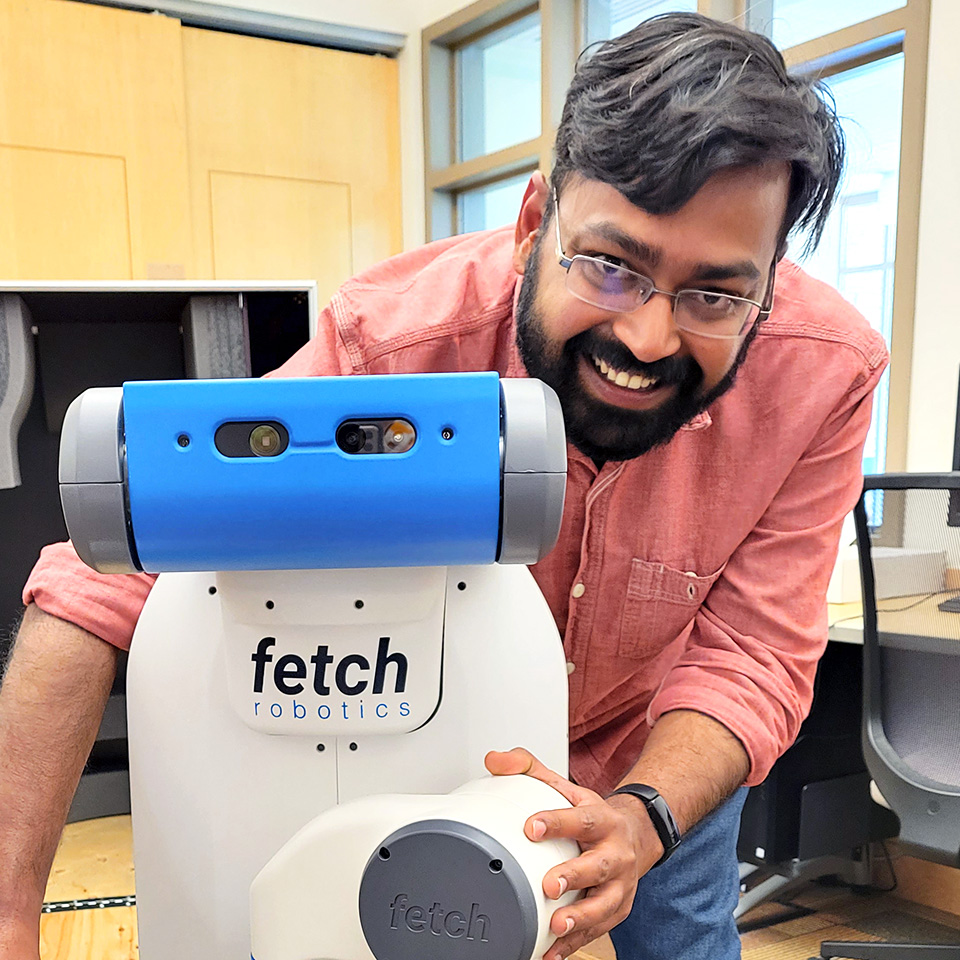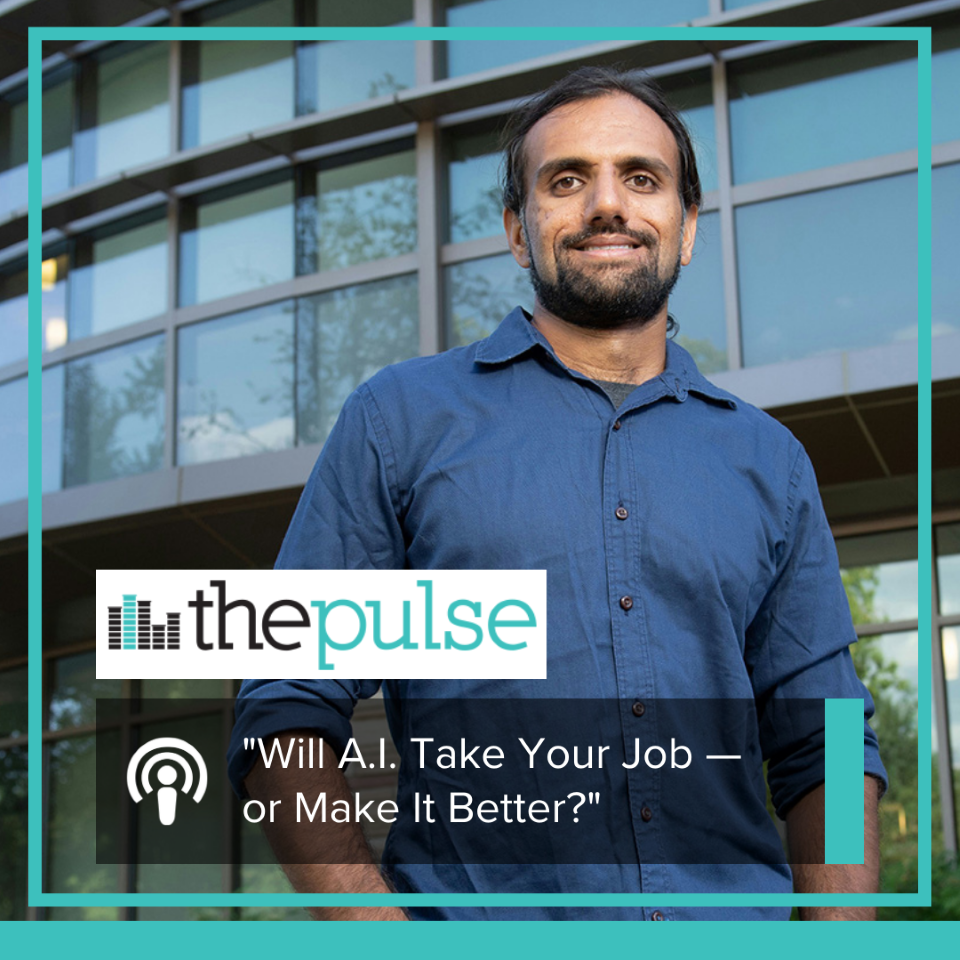At the Department of Computer Science at Colorado State University, research is a team effort. Our faculty and students participate in an exciting interdisciplinary research community and propel the national and international reputation of our laboratories and centers. Partnering with domestic and international universities, industry, and government, we find cures for diseases, build robots, secure networks, create adaptive technologies, protect your information and privacy, prepare for natural disasters, develop cyber and defense tools, design smart cities, and much more. Come help us conquer these important global challenges.
CENTERS
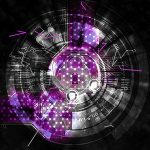 The Cybersecurity Center trains students and the Colorado workforce in modern cybersecurity practices and procedures. The center is a collaboration between the Department of Computer Science in the College of Natural Sciences and the Department of Computer Information Systems in the College of Business.
The Cybersecurity Center trains students and the Colorado workforce in modern cybersecurity practices and procedures. The center is a collaboration between the Department of Computer Science in the College of Natural Sciences and the Department of Computer Information Systems in the College of Business.
 The Center for Exascale Spatial Data Analytics and Computing facilitates cutting-edge artificial intelligence, machine learning, and deep learning methods at scale over high-dimensional spatial datasets. Their systems have been deployed in urban sustainability, epidemiology, ecological monitoring, methane gas leak detection, and atmospheric sciences.
The Center for Exascale Spatial Data Analytics and Computing facilitates cutting-edge artificial intelligence, machine learning, and deep learning methods at scale over high-dimensional spatial datasets. Their systems have been deployed in urban sustainability, epidemiology, ecological monitoring, methane gas leak detection, and atmospheric sciences.
RESEARCH AREAS
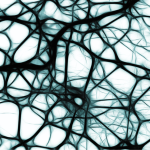
ARTIFICIAL INTELLIGENCE: Genetic and evolutionary algorithms, reinforcement learning, neural networks, machine learning, multimodal data, deep learning, planning and evaluation, robotics, explainable AI, neuro-symbolic AI, knowledge modeling, ontology matching, trustworthy AI, assured autonomy.
Participating Faculty: Charles Anderson, Asa Ben-Hur, Nate Blanchard, Bruce Draper, Fabio De Abreu Santos, Nikhil Krishnaswamy, Ravi Mangal, Sarath Sreedharan, Darrell Whitley
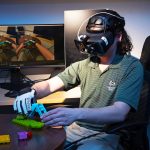
AUGMENTED AND VIRTUAL REALITY: Human-computer interaction, gesture user interfaces, multimodal interaction.
Participating Faculty: Francisco Ortega
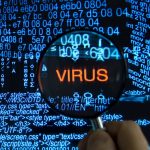
DATA SECURITY AND PRIVACY: Data privacy and anonymity, secure data streams, secure clouds, access control, trust models and trust management, information flow models, security protocols, security analysis, human factors in security, attack modeling, security risk management, vulnerabilities, quantitative methods, Web security, malware analysis.
Participating Faculty: Yashwant Malaiya, Vinayak Prabhu, Indrajit Ray, Indrakshi Ray
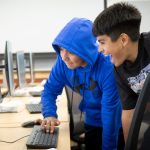
COMPUTER SCIENCE EDUCATION: Learning analytics, technology enhanced teaching and learning, computer science education, distance learning.
Participating Faculty: Marcia Moraes, Sudipto Ghosh, Elisa Cundiff
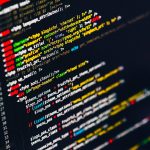
SOFTWARE ENGINEERING: Formal methods, verification, synthesis and control, cyber-physical systems, requirements analysis, software architecture and design, process evaluation, software testing and reliability, software maintenance and evolution, program comprehension, object-oriented techniques, human and social factors of software engineering, AI for software engineering, developer experience and productivity, open-source software, modeling all aspects of software development.
Participating Faculty: Fabio De Abreu Santos, Sudipto Ghosh, Yashwant Malaiya, Ravi Mangal, Jed McClurg, Vinayak Prabhu, Indrakshi Ray, Bianca Trinkenreich
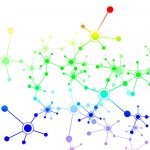
COMPUTER NETWORKS: Trusted/secure computing and network modeling, distributed systems and protocols, network security and measurements, immersive systems, fault tolerance, high-performance packet processing, software-defined networking (SDN).
Participating Faculty: Craig Partridge, Indrajit Ray, Indrakshi Ray, Jed McClurg
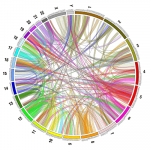
BIG DATA: Analytics, high-throughput storage and retrieval, time-series data, metadata, provenance, and visualization.
Participating Faculty: Sangmi Pallickara
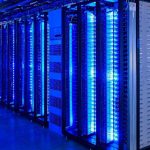
HIGH PERFORMANCE COMPUTING: Parallel computing, optimizing compilers, distributed systems, static and dynamic program analysis, polyhedral model/compilation, domain-specific languages, platform-specific code optimization for current and next-generation target platforms: accelerators, GPUs, FPGAs, heterogeneous SoCs, multi-core CPUs, supercomputers.
Participating Faculty: Shrideep Pallickara, Louis-Noel Pouchet, Sanjay Rajopadhye, Jed McClurg
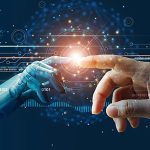
COMPUTER INTERACTION/VISION: Semantic object recognition, modeling the human expert recognition pathway, embedded real-time computer vision, 3D model-based object recognition, and adaptive object recognition.
Participating Faculty: Nate Blanchard, Bruce Draper, Francisco Ortega, Nikhil Krishnaswamy

DISTRIBUTED SYSTEMS: Cloud computing, real-time stream processing, virtualization, content dissemination systems, MapReduce, large-scale topologies, and scalable storage systems.
Participating Faculty: Sangmi Pallickara, Shrideep Pallickara
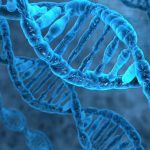
BIOINFORMATICS: Protein bioinformatics: prediction of protein function and interactions, alternative splicing, applications of kernel methods in bioinformatics. Algorithms for computational problems in genomics and transcriptomics, genome sequencing and resequencing, detection of transcription regulatory elements.
Participating Faculty: Asa Ben-Hur

ALGORITHMS, THEORY AND LOGIC: Automata theory, logic, graph-theoretic algorithms, combinatorial algorithms, text algorithms, certificates of correctness, combinatorial optimization, approximate counting and sampling.
Participating Faculty: Ewan Davies, Ravi Mangal, Vinayak Prabhu
